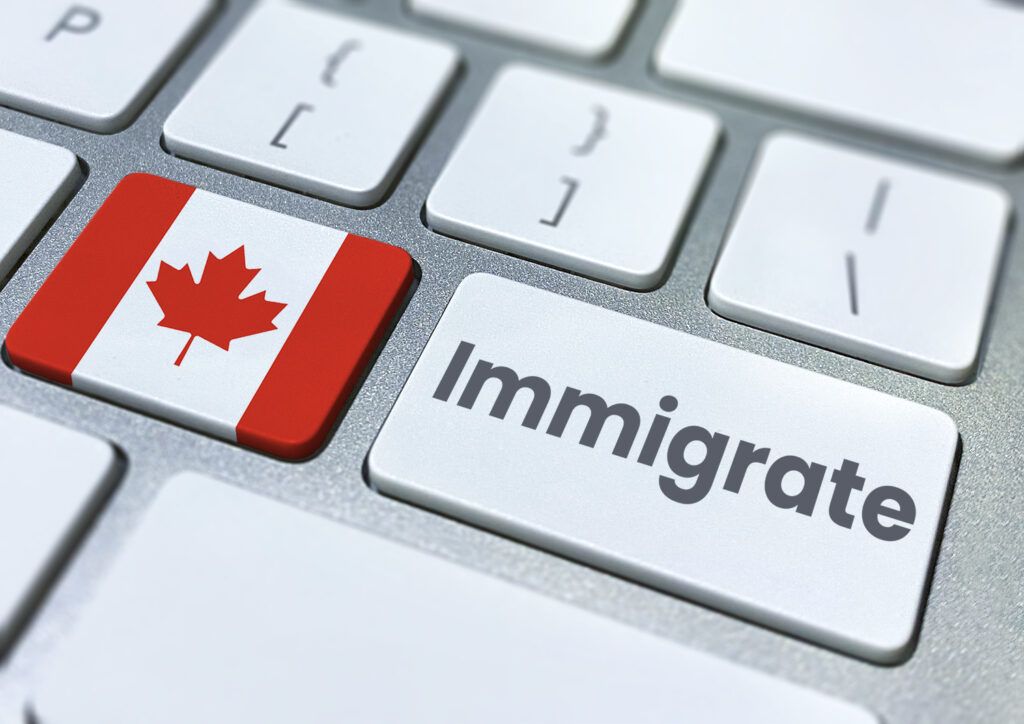Enterprises aren’t just dependent on the availability of potential consumers; they’re also dependent on the local variables in the economy. This applies to the presence of competitors, the economic climate, and even the geographic conditions of the area. For this reason, business owners must be vigilant to decide where their base of operations should be located.
Finding Business Opportunities in Canada
First, you’ll need to apply for an entrepreneur visa program matching your business’s sector. Next, you’ll have to register your business and pass various tests and requirements to provide your eligibility. Before going through these processes, it’s best to look for a viable place to focus your business efforts abroad.
Canada is a land full of opportunities for aspiring business owners from abroad. Canada as a nation can serve various industry niches, giving a chance for entrepreneurs to settle and develop their businesses from scratch. If you’re looking for untapped potential in a foreign land, Canada has some suggestions you might be looking for.
If you plan to build your business in Canada, here are three cities you should consider:
1. Selkirk, Manitoba
If your establishment connects with the hospitality and tourism industries, Selkirk should be your destination. While this small city has a population of around 10,000 only, it receives plenty of local and international foot traffic. This is because it’s a great destination for anglers all over North America, thanks to its infamous catfish in the Red River.
The minimum investment value you need to present should be 250,000 Canadian Dollars. Additionally, your not worth should be at least 500,000 Canadian Dollars and above.
2. Waterloo, Ontario
With a population of 550,000 people, Waterloo is the largest small city for investors. Situated southwest of Toronto, it’s commonly recognized as the silicon valley of Canada. For this reason, tech and IT jobs are most welcome in the region. However, it comes with a much higher investment value cap.
You must present over 400,000 in Canadian Dollars for your net worth. This value becomes double if you plan to build your business in the Greater Toronto Area. Additionally, you must have control of at least a third of your business’s equity.
While you only need to be a business owner for the past 24 months, you still need to cater to local worker pools. This is why Waterloo requires foreign business owners to have at least one permanent position for Canadian citizens or local permanent residents.
3. Vernon, British Columbia
Vernon is a great place to work and retire in, especially since its economy is also varied. While it primarily dabbled in agriculture businesses in the past, it’s now open to construction, manufacturing, and tourism as high-performing sectors.
Since Vernon is among British Columbia’s rural communities, it has much lighter demands from international investors. You’ll only need to prove a net worth of 300,000 Canadian Dollars in contrast to the 600,000 dollars that other provinces require.
Additionally, the work experience you should have is also much lower. If you’ve held a manager position for four years or owned a business for three, you’ll just need to reach a minimum of 4 on the Canadian Language Benchmark (CLB) tests to qualify for an entrepreneur visa.
Conclusion
Starting a business abroad is never easy. However, Canada has made it easier for foreign entrepreneurs to launch a company with their immigration applications. While this may be a more streamlined process, the paperwork you’ll need to present must be precise and sufficient for different legal requirements.
While plotting your company’s foundations abroad, you should also settle on your resolution to settle immigration permits and business licenses. To accomplish this, you’ll need to seek assistance from immigration experts to oversee your official paperwork.
Applying your paperwork for an entrepreneurship visa and other requirements will be difficult with the help of a Canada immigration expert. If you’re looking for professional help from a trusted firm, please contact us at info@brightimmigration.com or call 1-888-404-8472.



